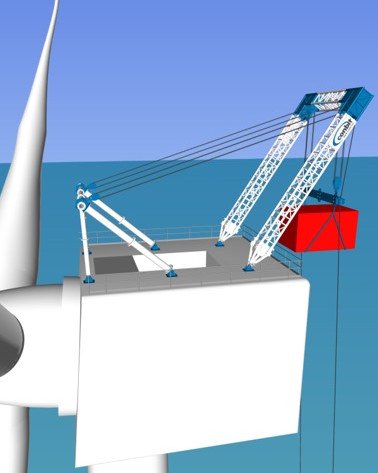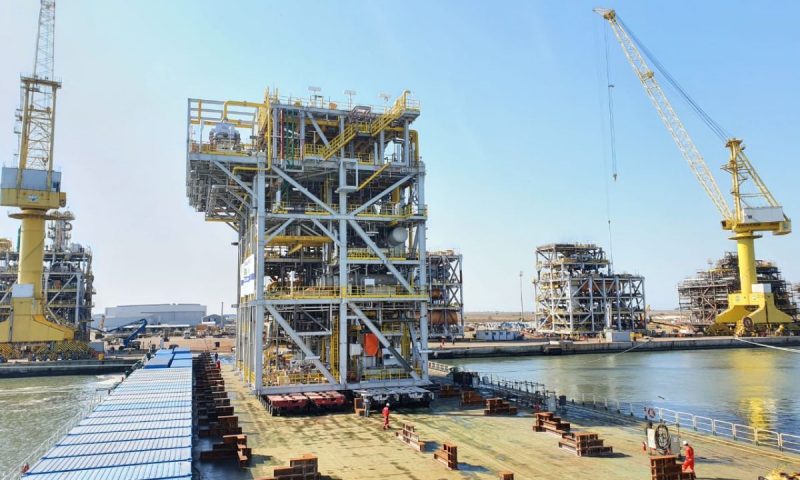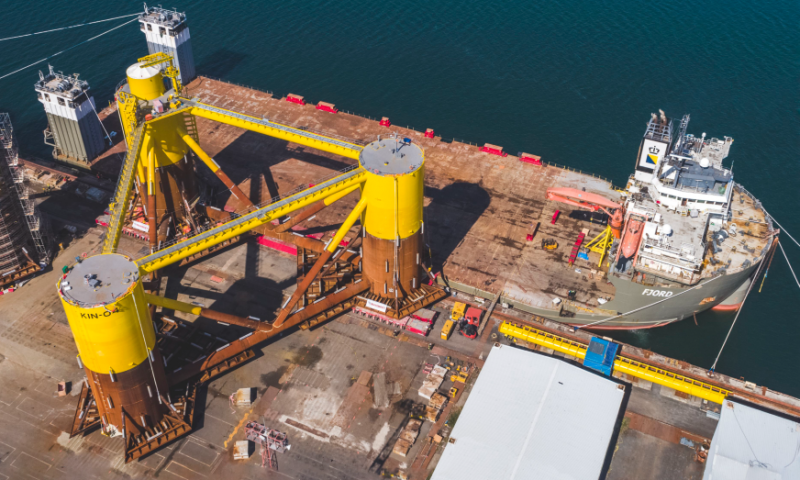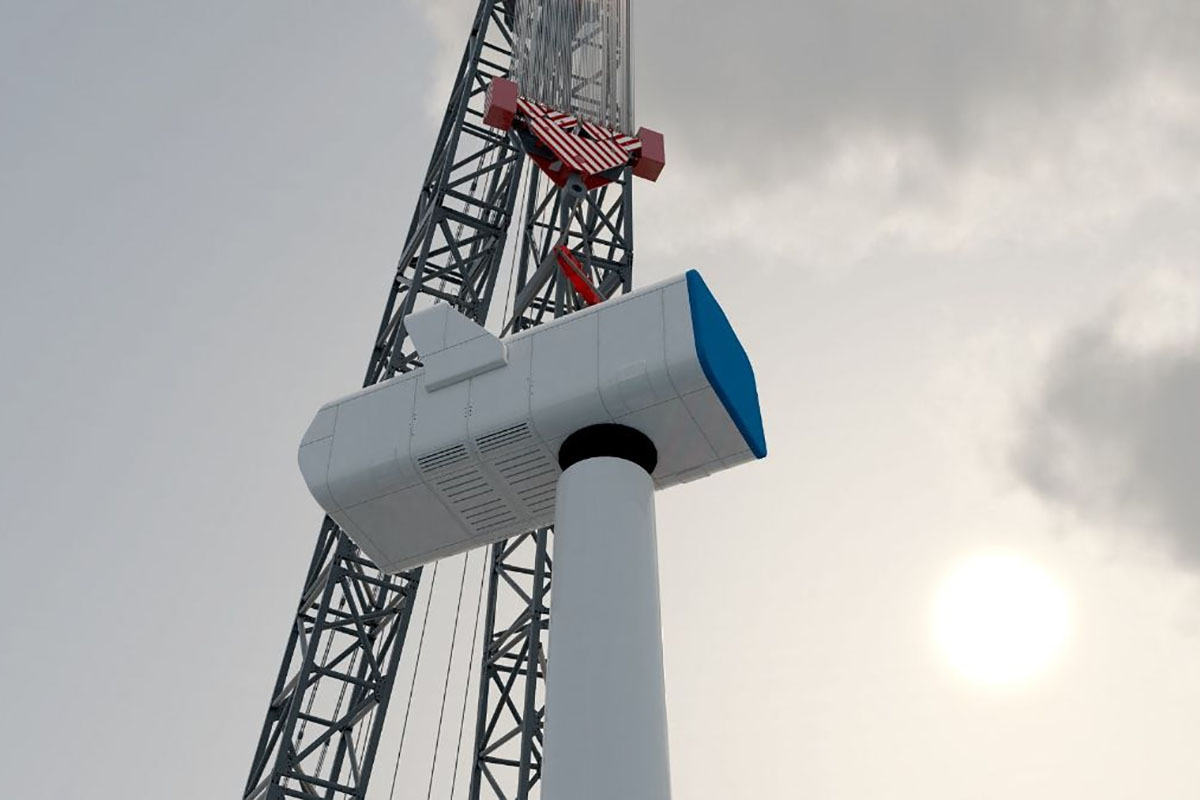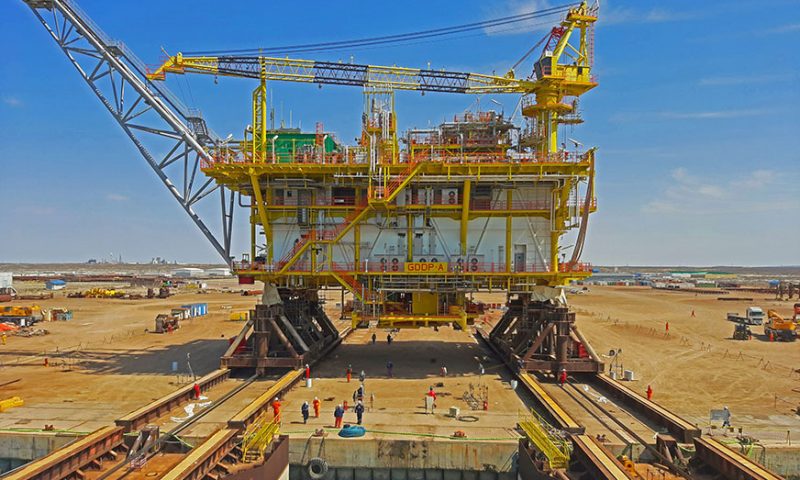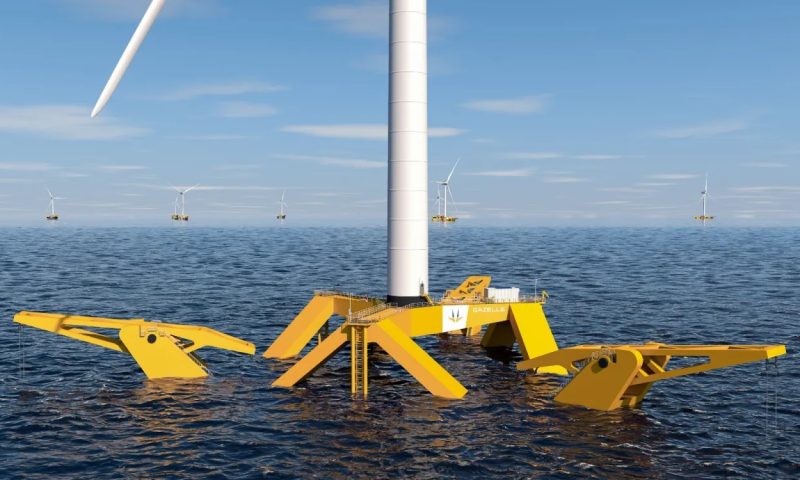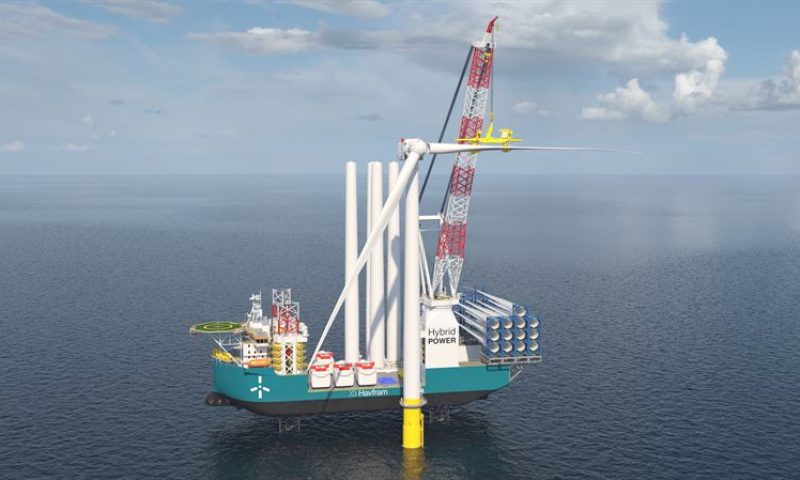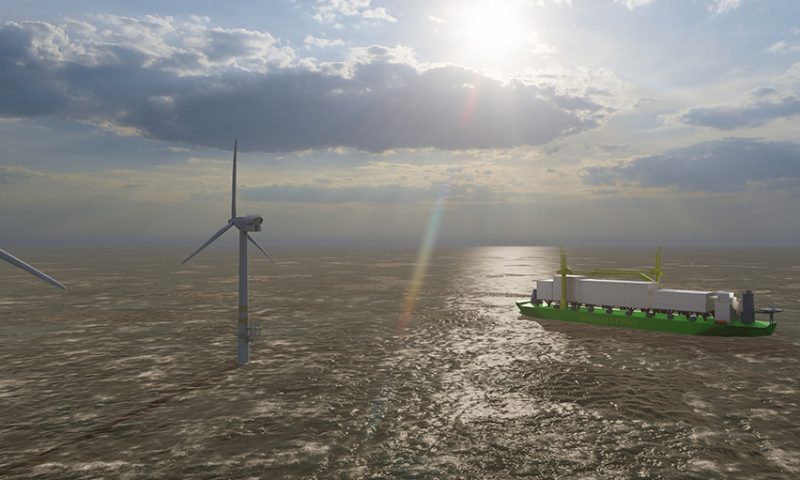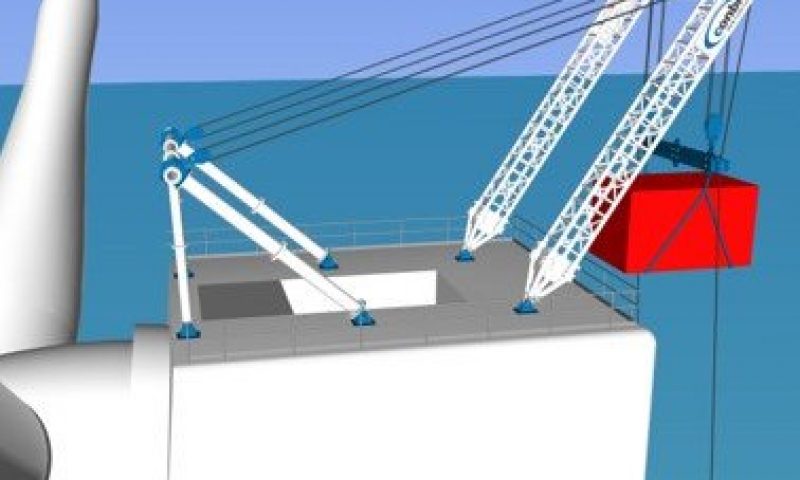
Mammoet Winner of the Floating Wind Technology Acceleration Competition
Mammoet’s Conbit operation is proud to have been announced as a winner of the Floating Wind Technology Acceleration Competition, funded by the Scottish Government and run by the Carbon Trust’s Floating Wind Joint Industry Project (Floating Wind JIP).
Mammoet’s Conbit operation is proud to have been announced as a winner of the Floating Wind Technology Acceleration Competition, funded by the Scottish Government and run by the Carbon Trust’s Floating Wind Joint Industry Project (Floating Wind JIP). Conbit’s modular lifting system won the competition’s challenge for a floating wind technology that could provide ‘safe and cost-effective exchange of large turbine components offshore when floating foundation structures are moving due to wave motion’.
The Floating Wind JIP, a consortium of 14 leading offshore wind developers, launched the competition to accelerate the development and commercialization of floating offshore wind technology. It aimed to attract technology that will overcome key challenges in the sector and placed a particular emphasis on moorings and Operations & Maintenance (O&M).
Exchanging heavy components at high altitude while the base is moving due to waves and wind is one of the most demanding challenges within offshore operations. Conbit’s modular lifting system enables the replacement of heavy components inside the nacelle and provides the accuracy needed to ensure a safe installation. The funds released as part of the competition will be used to increase the development of the modular lift technology towards a fully operational system. Wind farm owners and developers, as well as turbine OEMs, will be consulted during the development program. Conbit will collaborate with turbine manufacturers especially, as the lifting system will be adjusted to their design.
Bram van Oirschot, Manager Sales at Conbit, adds: “The market seems to be ready to adapt current practices for replacing heavy components inside wind turbines. The increasing heights and weights require a different O&M approach, which is less dependent on large crane vessels and jack-up barges. Conbit is devoted to investing in a maintenance system that supports the growing needs of offshore renewable energy and by allowing components to be exchanged, turbine manufacturers will be able to benefit from our technology.”
